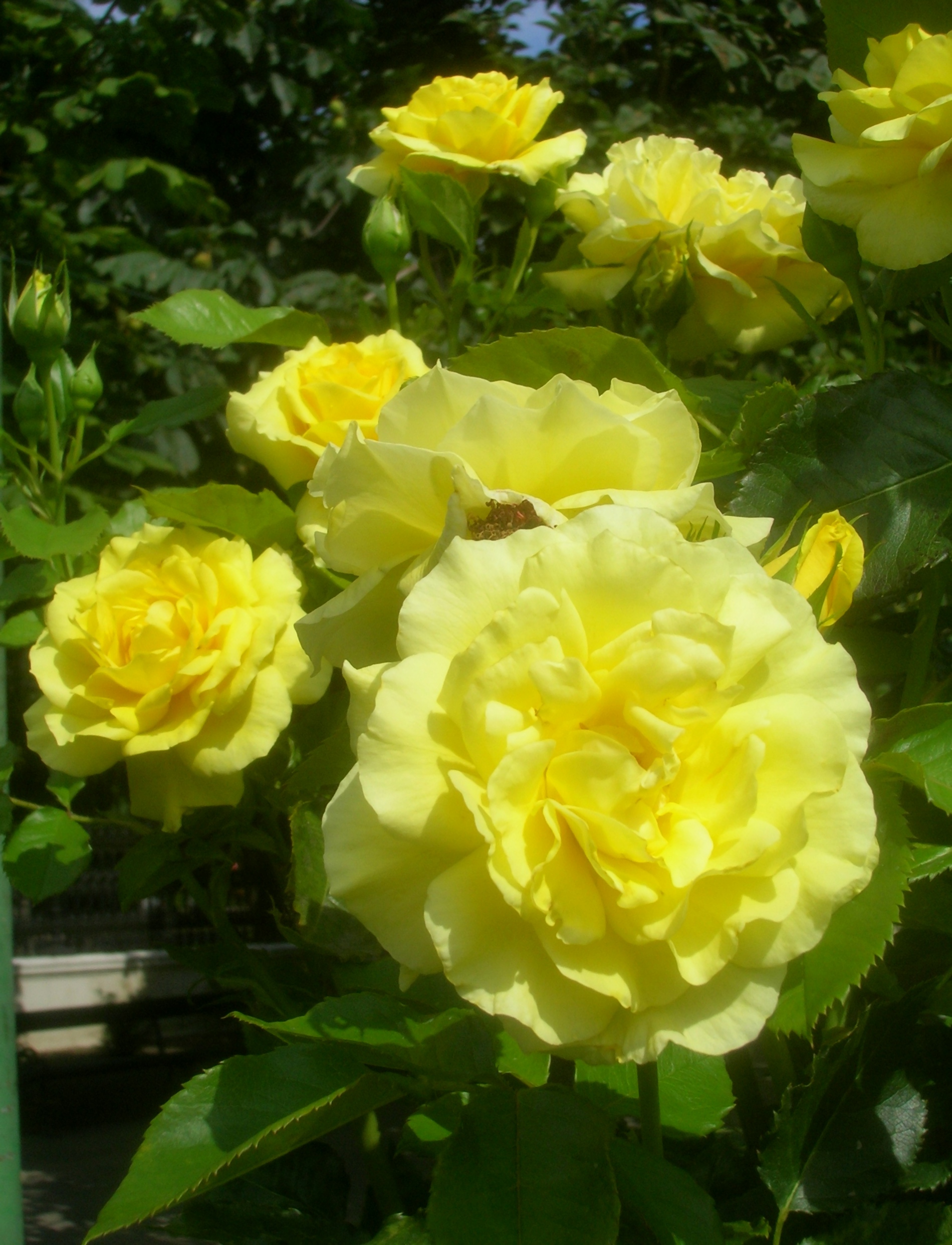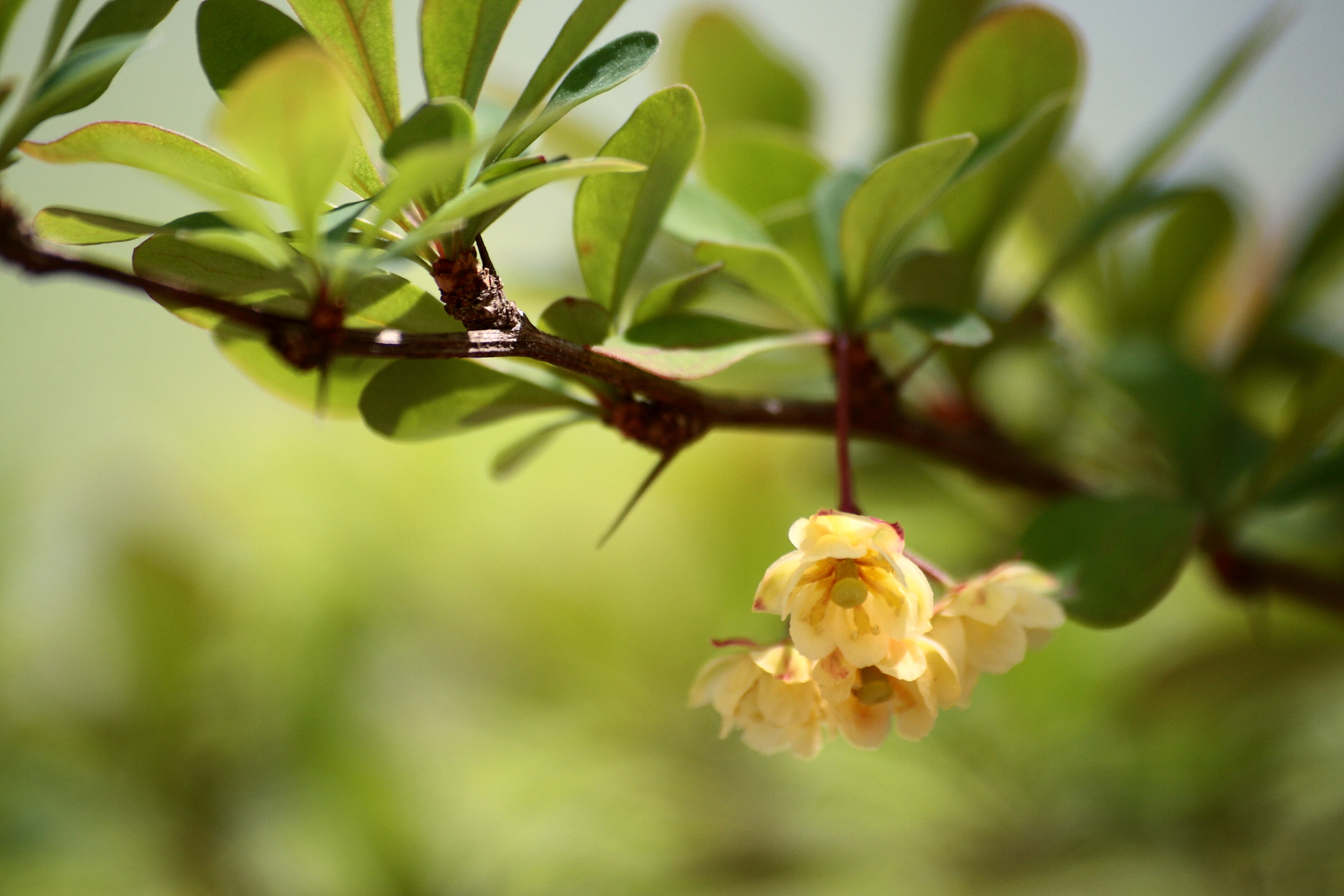|
May Fourth Square
May Fourth Square () is a large (10 hectares) public square in Qingdao's central business district. It is located between the new municipal government building and Fushan Bay and is composed of Shizhengting Square, the central square and the coastal park. Named after the nationwide protest May Fourth Movement that started in Qingdao, the square is best recognized by the large "May Wind" () sculpture near the seaside. The square is a popular tourist destination, and is bordered by the city government to the north, the sea to the south. The eastern and western sides of the square are surrounded by high-rise buildings. On September 25th, 2018, the light show to celebrate Chinese Mid-autumn festival was put on the buildings across the sea of the May Fourth Square. History of May Fourth Square The May 4th Movement () was sparked by Article 156 of the Treaty of Versailles which transferred German concessions in Shandong including Qingdao to Japan rather than returning sovereign au ... [...More Info...] [...Related Items...] OR: [Wikipedia] [Google] [Baidu] |
Fokienia
''Fokienia'' is a genus of conifer tree belonging to the cypress family. In its characteristics, ''Fokienia'' is intermediate between the genera of ''Chamaecyparis'' and ''Calocedrus''. Genetically ''Fokienia'' is much closer to ''Chamaecyparis'', and not all researchers recognize ''Fokienia'' as a separate genus. The genus comprises only one living species, ''Fokienia hodginsii'' or Fujian cypress (; vi, Pơmu, links=no), and one fossil species (''Fokienia ravenscragensis''). ''Fokienia hodginsii'' is native from southeastern China (provinces of Zhejiang, Guizhou, Yunnan and Fujian) to Northern Vietnam (provinces of Ha Bac, Hà Giang, Hà Tĩnh, Hòa Bình, Sơn La, Nghệ An, Lào Cai, Lai Châu, Thanh Hóa, Tuyên Quang, Yên Bái and Vĩnh Phú), west central Vietnam (provinces of Đắk Lắk, Gia Lai, Lâm Đồng), and west to northern Laos. The name derives from the old Romanised name of Fujian province, China, from where the first specimen was introduced to Europ ... [...More Info...] [...Related Items...] OR: [Wikipedia] [Google] [Baidu] |
Fushan Bay
Fushan may refer to: * Fushan, Chengmai County (福山镇), a town in Hainan, China *Fushan County (浮山县), of Linfen, Shanxi, China *Fushan District (福山区), Yantai, Shandong, China * Fushan, Ningyang County (伏山镇), a town in Ningyang County, Shandong, China * Fushan, Weifang (符山镇), a town in Weicheng District, Weifang Weicheng may refer to: * Weicheng District, Xianyang (渭城区), district in Xianyang, Shaanxi, China * Weicheng District, Weifang (潍城区), district in Weifang, Shandong, China * Weicheng, Wei County, Handan (魏城镇), town in Wei County, Ha ..., Shandong, China * Fushan, Iran, a village in Razavi Khorasan Province, Iran {{geodis ... [...More Info...] [...Related Items...] OR: [Wikipedia] [Google] [Baidu] |
Floribunda (rose)
Floribunda (Latin for "many-flowering") is a modern group of garden roses that was developed by crossing hybrid teas with polyantha roses, the latter being derived from crosses between '' Rosa chinensis'' and '' Rosa multiflora'' (sometimes called ''R. polyantha'').Phillips, R. and Rix, M., ''The Ultimate Guide to Roses'', Macmillan, 2004, p226 The idea was to create roses that bloomed with the polyantha profusion, but with hybrid tea floral beauty and colour range. The first polyantha/hybrid tea cross, 'Rødhætte' ('Red Riding Hood'), was introduced by the Danish breeder Dines Poulsen in 1907. It possessed characteristics of both its parent classes, and was initially called a Hybrid Polyantha or Poulsen rose. Poulsen continued this line of work in subsequent years, introducing several Hybrid Polyanthas such as 'Else Poulsen' in 1924. Other breeders also began introducing similar varieties, and in 1930 the name "floribunda" was coined by Dr. J.N. Nicolas, a rose hybridizer ... [...More Info...] [...Related Items...] OR: [Wikipedia] [Google] [Baidu] |
Berberis Thunbergii
''Berberis thunbergii'', the Japanese barberry, Thunberg's barberry, or red barberry, is a species of flowering plant in the barberry family Berberidaceae, native to Japan and eastern Asia, though widely naturalized in China and North America, where it has become a problematic invasive in many places, leading to declines in species diversity, increased tick habitat, and soil changes. Growing to tall by broad, it is a small deciduous shrub with green leaves turning red in the autumn, brilliant red fruits in autumn and pale yellow flowers in spring. Description ''B. thunbergii'' has deeply grooved, brown, spiny branches with a single (occasionally tridentine) spine (actually a highly modified leaf) at each shoot node. The leaves are green to blue-green (reddish or purple in some horticultural variants), very small, spatula to oval shaped, long and broad; they are produced in clusters of 2–6 on a dwarf shoot in the axil of each spine. The flowers are pale yellow, diameter, p ... [...More Info...] [...Related Items...] OR: [Wikipedia] [Google] [Baidu] |
Ligustrum Ovalifolium
''Ligustrum ovalifolium'', also known as Korean privet, California privet, garden privet, and oval-leaved privet, is a species of flowering plant in the olive family Oleaceae. The species is native to Japan and Korea. Description ''Ligustrum ovalifolium'' is a dense, fast-growing, deciduous (evergreen/semi-evergreen in warm winter areas) shrub or small tree. It grows to tall and wide. Its thick, fleshy leaf is green on the top, and greenish-yellow on the underside. It flowers in midsummer, the abundant white blooms producing a unique pungent fragrance, unpleasant to some. They are borne in panicles. They have four curled-back petals and two high stamens with yellow or red anthers, between which is the low pistil; the petals and stamens fall off after the flower is fertilized, leaving the pistil in the calyx tube. Flowering starts after 330 growing degree days. The fruits, borne in clusters, are small purple to black drupes, poisonous for humans but readily eaten by many birds. ... [...More Info...] [...Related Items...] OR: [Wikipedia] [Google] [Baidu] |
Albizia
''Albizia'' is a genus of more than 160 species of mostly fast-growing subtropical and tropical trees and shrubs in the subfamily Mimosoideae of the family Fabaceae. The genus is pantropical, occurring in Asia, Africa, Madagascar, America and Australia, but mostly in the Old World tropics. In some locations, some species are considered weeds. They are commonly called silk plants, silk trees, or sirises. The obsolete spelling of the generic name – with double 'z' – is still common, so the plants may be called albizzias. The generic name honors the Italian nobleman Filippo degli Albizzi, who introduced ''Albizia julibrissin'' to Europe in the mid-18th century. Some species are commonly called mimosa, which more accurately refers to plants of genus ''Mimosa''. Species from southeast Asia used for timber are sometime termed East Indian walnut. Description They are usually small trees or shrubs with a short lifespan, though the famous ''Samán del Guère'' near Maracay in Venez ... [...More Info...] [...Related Items...] OR: [Wikipedia] [Google] [Baidu] |
Pine
A pine is any conifer tree or shrub in the genus ''Pinus'' () of the family Pinaceae. ''Pinus'' is the sole genus in the subfamily Pinoideae. The World Flora Online created by the Royal Botanic Gardens, Kew and Missouri Botanical Garden accepts 187 species names of pines as current, together with more synonyms. The American Conifer Society (ACS) and the Royal Horticultural Society accept 121 species. Pines are commonly found in the Northern Hemisphere. ''Pine'' may also refer to the lumber derived from pine trees; it is one of the more extensively used types of lumber. The pine family is the largest conifer family and there are currently 818 named cultivars (or trinomials) recognized by the ACS. Description Pine trees are evergreen, coniferous resinous trees (or, rarely, shrubs) growing tall, with the majority of species reaching tall. The smallest are Siberian dwarf pine and Potosi pinyon, and the tallest is an tall ponderosa pine located in southern Oregon's Rogue Riv ... [...More Info...] [...Related Items...] OR: [Wikipedia] [Google] [Baidu] |
China Central Television
China Central Television (CCTV) is a Chinese state- and political party-owned broadcaster controlled by the Chinese Communist Party (CCP). Its 50 different channels broadcast a variety of programing to more than one billion viewers in six languages. However, news reporting about topics sensitive to the CCP is distorted and often used as a weapon against the party's perceived enemies, according to Freedom House and other media commentators. CCTV is operated by the National Radio and Television Administration which reports directly to the CCP's Central Propaganda Department. CCTV was established on 1 May 1958 as a state-owned propaganda outlet. CCTV has a variety of functions, such as news communication, social education, culture, and entertainment information services. As a state television station it is responsible to both the Central Committee of the Chinese Communist Party and the State Council. It is a central player in the Chinese government's propaganda network. Hist ... [...More Info...] [...Related Items...] OR: [Wikipedia] [Google] [Baidu] |
Qingdao 54square
Qingdao (, also spelled Tsingtao; , Mandarin: ) is a major city in eastern Shandong Province. The city's name in Chinese characters literally means "azure island". Located on China's Yellow Sea coast, it is a major nodal city of the One Belt, One Road (OBOR) Initiative that connects Asia with Europe. It has the highest GDP of any city in the province. Administered at the sub-provincial level, Qingdao has jurisdiction over seven districts and three county-level cities (Jiaozhou, Pingdu, Laixi). As of the 2020 census, Qingdao built-up (or metro) area made of the 7 urban Districts (Shinan, Shibei, Huangdao, Laoshan, Licang, Chengyang and Jimo) was home to 7,172,451 inhabitants. Lying across the Shandong Peninsula and looking out to the Yellow Sea, it borders the prefecture-level cities of Yantai to the northeast, Weifang to the west and Rizhao to the southwest. Qingdao is a major seaport and naval base, as well as a commercial and financial center. It is home to electronics mul ... [...More Info...] [...Related Items...] OR: [Wikipedia] [Google] [Baidu] |
Shandong
Shandong ( , ; ; alternately romanized as Shantung) is a coastal province of the People's Republic of China and is part of the East China region. Shandong has played a major role in Chinese history since the beginning of Chinese civilization along the lower reaches of the Yellow River. It has served as a pivotal cultural and religious center for Taoism, Chinese Buddhism and Confucianism. Shandong's Mount Tai is the most revered mountain of Taoism and a site with one of the longest histories of continuous religious worship in the world. The Buddhist temples in the mountains to the south of the provincial capital of Jinan were once among the foremost Buddhist sites in China. The city of Qufu is the birthplace of Confucius and was later established as the center of Confucianism. Confucianism developed from what was later called the Hundred Schools of Thought from the teachings of the Chinese philosopher Confucius. Shandong's location at the intersection of ancient and modern n ... [...More Info...] [...Related Items...] OR: [Wikipedia] [Google] [Baidu] |




_pod_at_Jayanti%2C_Duars%2C_West_Bengal_W_Picture_215.jpg)


